Kieffer pear variety
Kieffer (or as it is also called the "Kieffer Seedling", "Kieffer Hybrid") is a variety of American-bred pears with the fruits of the autumn ripening period. Obtained in Philadelphia (USA) in 1863 from the seed of the Ussuri or Chinese (sandy) pear, accidentally pollinated, according to one version, with Bere Anjou pollen, according to the other - with pollen Williams... Variety originator: gardener Peter Kieffer.

In 1947, the variety was sent for State testing and in the same year it was zoned in the North Caucasian region (Republic of Adygea, Rostov region, Stavropol and Krasnodar territories). Distributed in Moldova, Georgia, Ukraine, the republics of Central Asia.
Trees are medium-sized, fast-growing; the crown is dense, with good foliage, pyramidal shape. The surface of the bark of the trunk is covered with cracks and painted gray. The main skeletal branches are dark gray in color, forming sharp angles (25 - 30 degrees) when they leave the trunk. Fruit setting takes place on pods and 3 - 4-year-old wood.
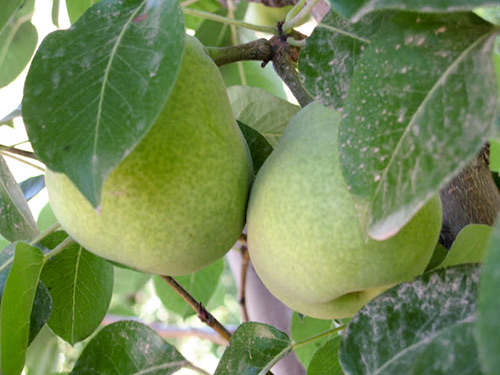
Shoots above average thickness, straight, even, with pubescence in the upper part, greenish-brown color with a reddish tint. Lentils are small in size, elongated, light brown in color, rarely located. The buds are small, adpressed, acutely conical in shape, colored dark brown. The leaves are above medium and large in size, dark green in color (purple-red in autumn), ovoid, with a smooth transition to an elongated sharp tip, along the edge of the leaves there is a broad-serrated serration. The leaf blade is thick, leathery, glossy, curved upward. The petioles are short, thin, colored burgundy.
Flowering takes place very early. The variety is self-fertile and needs additional pollinating varieties (Saint-Germain and Bon-Louise are among the best).
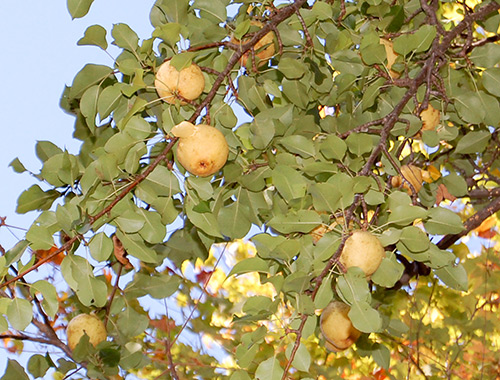
The fruits of the Kieffer pear usually grow to a medium size, much less often - large (pear weight ranges from 120 - 150 to 200 g, sometimes the largest specimens can reach 300 - 400 g), cuboid (i.e. oval-pear-shaped) or barrel-shaped , slightly bumpy, sometimes with ribbing at the top (which gives some resemblance to the fruits of quince). The skin of the fruit is dry, rather thick, and rough to the touch from rust. At the time of picking, the fruits are colored light green, when ripe, the main color of the fruits changes to golden yellow, the entire surface of the pear is covered with numerous large rusty dots. The cover color is poorly expressed on the sunny side of the fruit through a brownish-red blush or may be absent. The funnel is small, narrow, slightly bumpy at the edges. Peduncles are short, straight, thick, thickened at both ends. The calyx has a small, shallow, bumpy depression, often rusty is noticeable in it. The calyx is medium in size, open. Sepals are small.
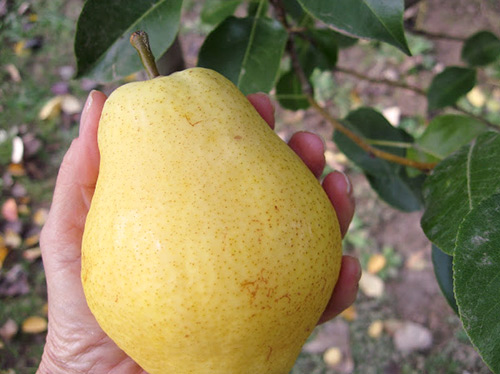
The pulp is white with a yellowish tinge, of medium density, strongly granulated near the heart, rough, crunchy, very juicy, satisfactory sweet-tart taste, with a noticeable specific flavor (turpentine). In the fruits grown in the conditions of the Kuban, the chemical composition contains: dry soluble substances (13.5%), the amount of sugars (8.1%), titratable acids (0.3%), ascorbic acid (8.5 mg / 100 d), P-active catechins (68.0 mg / 100 g fr wt). The variety is suitable for fresh consumption and is especially good for canning.
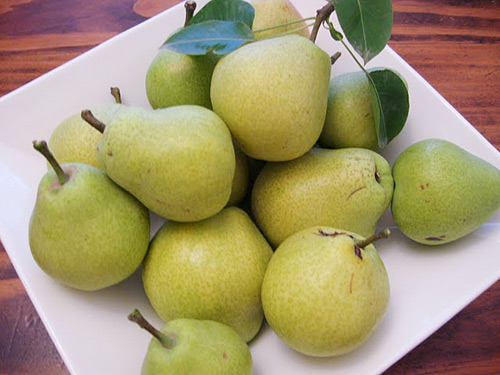
Removable ripeness of fruits falls on the period from September 20th to 30th. Several pears are tied in inflorescences. Ripe fruits are firmly held on the branches and do not crumble. In prone, they ripen in about 2 - 3 weeks.Pears are stored without loss of quality until the end of November - the beginning of December. The transportability of the variety is good.
The early maturation of the Kieffer pear is average: the trees enter the fruiting season at 5 - 6 years. Fruiting is annual and very abundant. In the central part of the Kuban, 180-200 c / ha are harvested from trees aged 16-19 years, in the foothill zone the average yield of 24-26-year-old trees reaches 200-250 c / ha, and with a good level of agricultural technology, individual adult trees can yield up to 300 kg of fruit.
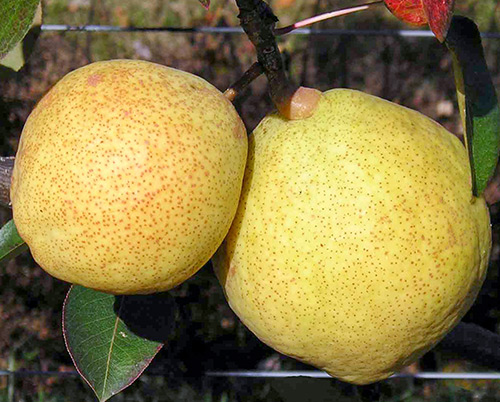
Despite the good tolerance of heat and dampness, the winter hardiness of this pear is assessed as not high enough. The branches of trees are quite sensitive to strong frosts with the wind and can freeze slightly, although this happens in rare years. The regenerative capacity of trees is average. The variety is resistant to scab and fire blight.
Kieffer's unpretentiousness to soil conditions was noted: trees grow well and regularly bear fruit on all types of soils, including heavy clay soils.
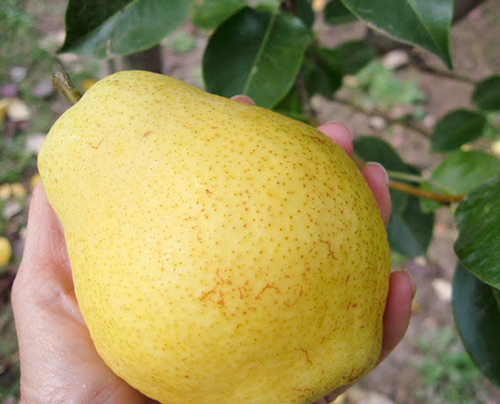
Among the main advantages of the variety are: high regular yield, good early maturity, disease resistance, undemanding soil, high level of drought resistance.
Speaking of the shortcomings, they indicate the weak winter hardiness of the trees and the mediocre taste of the fruits (tartness, granulation near the heart, unpleasant turpentine taste).
The Kieffer pear is used in breeding work as a source of disease resistance. With her participation, the variety Nart was bred (breeding of the North Caucasian NIIGiPS, Seanets Kiffer x Forest beauty + Bere Ardanpon + Bere Bosk).
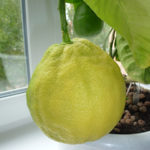
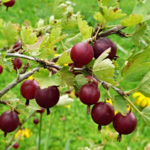

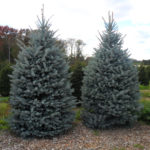

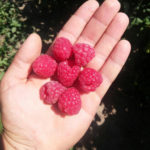



Good day! Thank you very much for the photos and a detailed description of the variety! I have long wanted to plant seedlings of this pear, but did not know the name, now - I know! 😊
And I want to demolish it - tasteless and small (it was large only in the first year of fruiting).
I had a fact. After the tree was very elongated, it was necessary to make merciless pruning. The next year, the pear was strewn with fruits. But unfortunately, in the fall, the fruits did not have time to ripen enough and they were small. I was advised to cut off some of the fruits for the next year. The result was not long in coming.
I mercilessly skewered my pear, left half of the fruits because branches broke. Now I want to cut the branches for the winter, make them shorter, they have grown long and thin.
My pear Kieffer feels great (Kaluga region). Bears fruit every year. There are a lot of pears, there are only a couple of 20-liter buckets. My friends like the taste: juicy and sweet fruits, very crunchy. I believe that they are best used for canning, they remain hard and crunchy in the compote.
Do you need a pollinator?